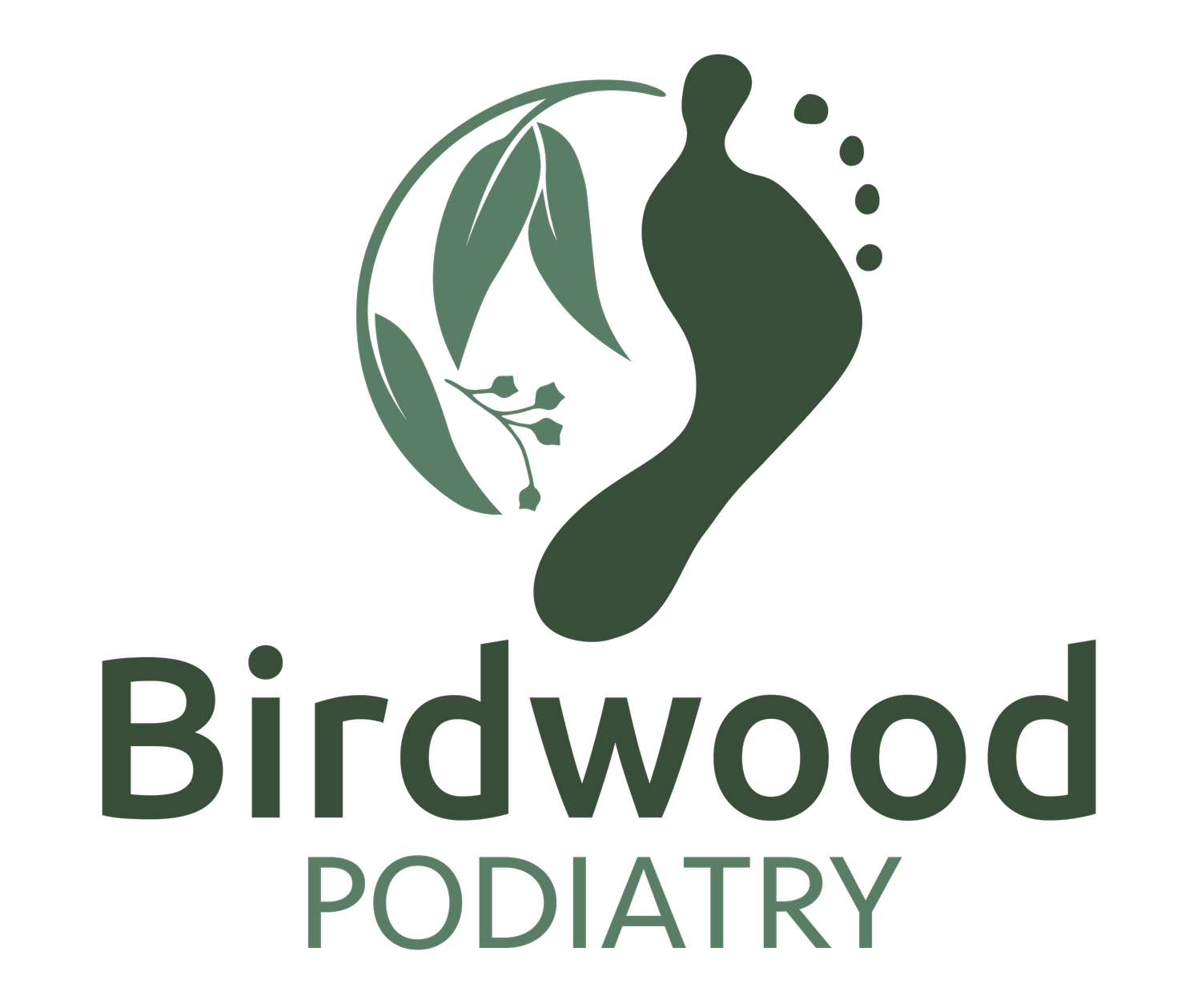Children’s Walking and Sports Injuries
Children can benefit from a range of different activities and sports programs though sometimes they will experience injuries that require expert attention.
Sports Injuries to feet and lower limbs are quite common, especially if in their formative years they are participating heavily in one type of sport and repetitive movement to their feet and ankles. Because children are still developing, they can be more at risk for certain types of injuries but the good news is that early intervention and treatment can mitigate a range of lasting issues.
Finding the right shoes that fit your child’s feet well will help prevent sports-related foot and ankle injuries, particularly accounting for the swelling that feet naturally go through. The same applies to walking.
Common foot conditions that children can suffer from are:
Growing conditions like:
Severs - a common cause of heel pain in children and adolescents.
Osgood-Schlatters – the result of childhood repetitive stress injury that results in a bump at the top of the shin, often affecting children who experience growth spurts.
Toe walking - a common occurrence as children are learning to walk that most children outgrow but some may continue to do beyond necessity.
Tripping - because of the rapid rate that children grow, there is a range of reasons why they might experience unusual amounts of tripping including curved-shaped feet, one or both feet turning inwards or even shoes that are too small.
Clawed digits - where one or more toes are bent unusually and may experience corns or callouses.
Ingrown nails - a common occurrence in children resulting in throbbing pain and discomfort and can become infected if left untreated.
Plantar warts – also known as Verrucae, are harmless skin growths that occur on the bottom of children’s feet that can make walking painful. This can occur as children and adolescents are building their immune systems in their developmental years.
Positional Problems like:
In toeing - when feet point inward when walking, also called “pigeon-toe”.
Knock knees - where a child’s knees touch when their ankles are apart whilst standing straight.
Flat feet - where the arches of the feet are flat and don’t have enough curve so the entire foot rests flat on the ground.
Bow legs - where legs curve outward at the knees when feet and ankles are close together.
How do I know if my child has walking/ sports injuries?
If your child is tripping regularly, choosing to avoid activity, or experiencing disrupted sleep due to dull aches or pains during or after sport, book an assessment to find out if these are related to any underlying foot or lower limb conditions.
It’s not unusual for parents to book regular assessments for their children in their developmental years, and seek footwear guidance when their child starts a new school year, a new sport or after experiencing a growth spurt. Regular assessments can help ensure that your child is able to choose the best types of footwear for their feet, understand how their feet and lower limbs are impacted by different ranges of motion and also get on top of any conditions quickly.
How do I know if my child needs to see a podiatrist?
It can be difficult to know if your child needs expert attention.
Here are a few signs that your child may need to see a podiatrist:
Foot and lower leg pain: For children, leg and foot pain can often be dismissed as ‘growing pains’. However, consistent pain in lower limbs in children is not considered normal. This can be a sign that your child needs to be examined properly. Treatment will help to reduce pain if they're suffering from heel pain like Sever's, growing pains, knee pain etc.
Balance concerns: Consistent tripping, falling and awkward movements could mean that the leg/ foot structure is not quite right. In this case, a podiatrist may know how to optimize your child's movements.
Abnormal walking patterns or gait abnormalities: Identifying an abnormality in your child's walking pattern will be dependent on their age. Children’s feet change in shape and function until they reach maturity in their late teenage years. If unsure, seek professional assistance as untreated issues may cause pain and further issues later in life.
Sports injury prevention and recovery: If your child plays a lot of sport, it's often a good idea to have their feet examined by a podiatrist. This can make sure that there is no risk of overuse injury, and that your child is wearing correct and proper fitting footwear for playing sports.
Flat feet and abnormal foot appearance: For some children, their foot arch may not develop properly, causing flat feet. If you feel concerned about flat feet or the shape/ appearance of your child’s feet, you should have them checked by a podiatrist.
How can I book an assessment for my child?
The great news is that Birdwood Podiatry provides a range of treatments and advice that addresses common walking and sports injuries that children and adolescents experience at our clinic in Springwood.
If you’d like to book an assessment or have any questions about treatments please get in touch with us.
Give us a call at (02) 4707 6558, email phil@birdwoodpodiatry.com.au or to book an appointment click here.
Blue mountains podiatrist, Sore heels, corn, back, cycling, blue mountains podiatrists, fungal nail, shockwave, Podiatrist Phillip Smith, hip, spur, running, caidens, flat, legs, callous, legs inserts, pain feet, tinea, high Medicare, Blue Mountains Podiatry, orthotics diabetes, plantar fasciitis, pain feet orthotics, athletes foot, health shoes, severs knee, knee, gait, blue mountains podiatrists, wart, arch, shin splints, diabetes, Children's podiatrist, Lithgow, Blackheath, Katoomba, Leura, Wentworth Falls, Lawson, Hazelbrook, Faulconbridge, Springwood, Blaxland, Glenbrook, Emu Plains, Penrith
